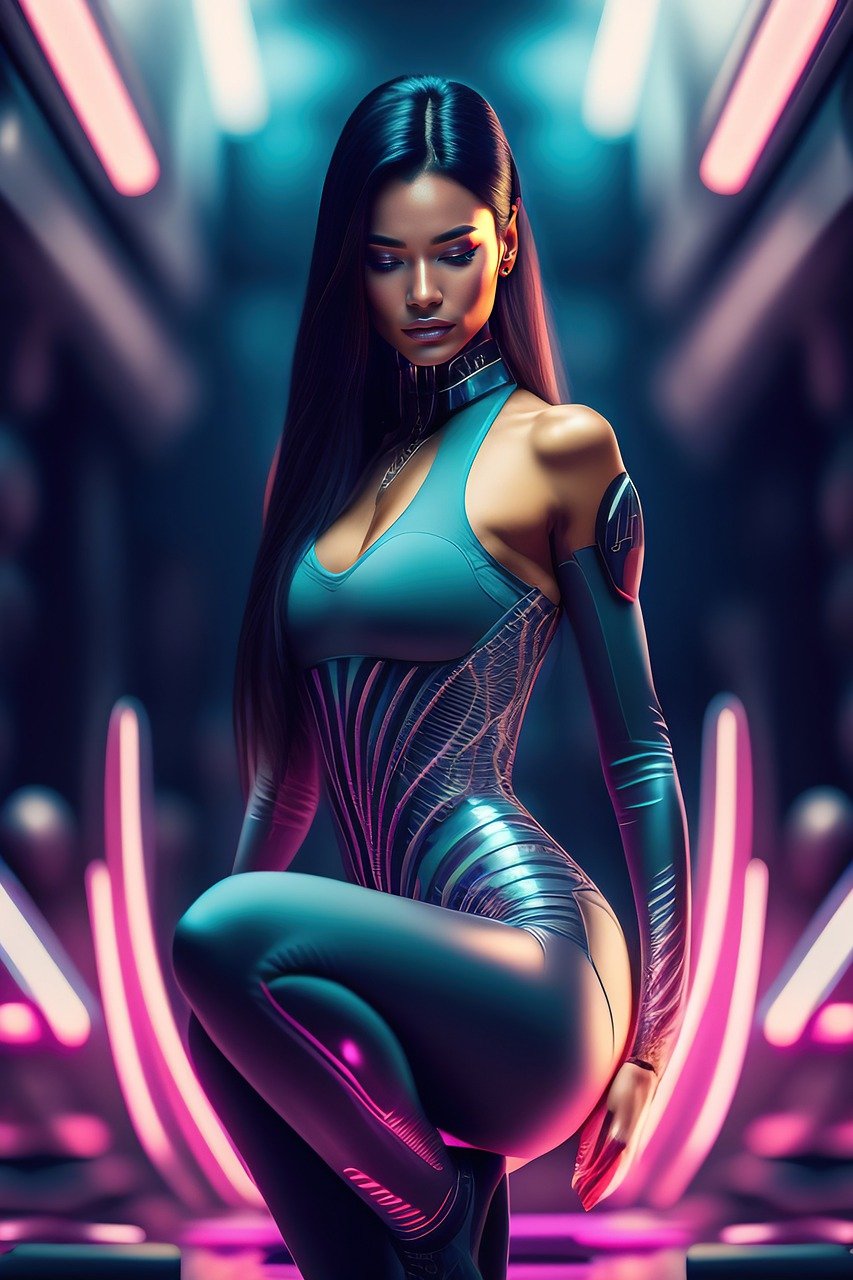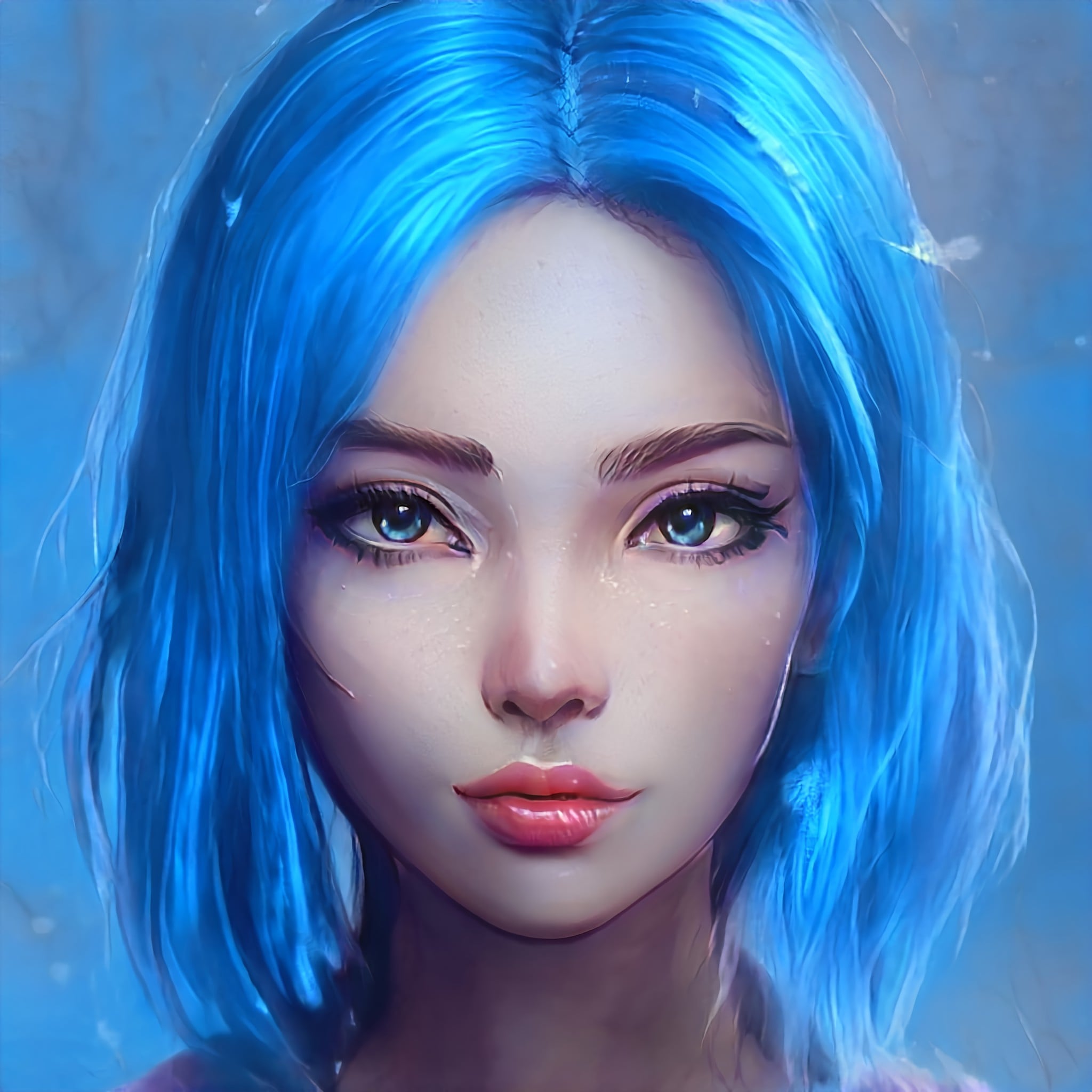In the digital age, creativity knows no bounds, thanks to artificial intelligence. AI-generated images have emerged as a groundbreaking tool for artists, designers, and content creators alike. But what exactly does this mean? Simply put, AI can produce images based on a set of algorithms, learning from vast datasets to create unique visuals that might be impossible for humans to generate alone. This technological marvel not only saves time but also opens up a world of possibilities for creative expression.
From stunning landscapes to whimsical characters, the range of what you can create with AI is virtually limitless. Imagine being able to transform a simple idea into a vibrant image within minutes. With user-friendly interfaces and advanced machine learning algorithms, anyone can harness the power of AI to enhance their projects. But before diving in, it’s essential to grasp the fundamentals of what AI-generated images entail and how to effectively utilize them in your creative endeavors.
Choosing the Right Tools for AI Image Creation

When it comes to selecting the right tools for AI image creation, it can feel a bit overwhelming given the plethora of options available. However, breaking down the features and capabilities of each tool can make the decision easier. Here’s a handy guide to help you find the best AI image generator for your needs:
- User Interface: Look for a platform that is intuitive and easy to navigate, even for beginners. Simplicity can significantly enhance your experience.
- Type of AI Technology: Different tools use different types of AI—some focus on deep learning, while others might use GANs (Generative Adversarial Networks). Research which technology aligns best with your goals.
- Customization Options: The ability to tweak parameters and customize the output will allow you to create more personalized images. Some tools offer extensive settings to refine your creations.
- Output Quality: Ensure the platform is known for generating high-resolution images, as quality can make or break your project.
- Community and Support: Choose tools that provide tutorials, community forums, or customer support to help users troubleshoot any issues they may encounter along the way.
To make the selection process even easier, here’s a quick comparison table of a few popular AI image generation tools:
| Tool Name | User-Friendly | Customization Options | Output Quality |
|---|---|---|---|
| DALL-E 2 | Yes | Moderate | High |
| Midjourney | Yes | Extensive | Very High |
| DeepArt | Yes | Basic | High |
Ultimately, the right tool will align with your creative vision and production needs, setting you up for success in your AI image creation journey!
Also Read This: Comprehensive Guide for Earning Money on Dailymotion
Understanding the Basics of AI Art Generation

Creating art with artificial intelligence might sound like magic, but it's rooted in some fascinating technology! At its core, AI art generation involves algorithms that interpret and replicate artistic styles, themes, and compositions. So, what does that really mean? Let's break it down.
First, we have Machine Learning. This is a subset of AI that enables systems to learn from data and improve over time. In the context of AI art, machine learning models are trained on thousands of images, absorbing patterns, styles, and techniques from a variety of artists.
Next up, we have Neural Networks. Think of these as the brain of the AI. They consist of layers of neurons that work together to process information. In the case of generating art, these networks decipher visual elements, distinguishing textures, colors, and forms to create a new piece based on learned input.
Then there's Generative Adversarial Networks (GANs). This is a fascinating approach where two neural networks (the generator and the discriminator) work against each other. The generator creates images, while the discriminator evaluates them. Over time, this ‘duel’ enhances the generator’s ability to produce high-quality art that can mimic various styles.
There are other key concepts too, like style transfer, where one image’s style is applied to another's content. This allows you to create unique pieces that blend different artistic influences.
In short, AI art is an exciting interplay of technology and creativity, opening doors to new possibilities for artists and enthusiasts alike!
Also Read This: Fixing a Pixelated Image in Photoshop
Step-by-Step Guide to Creating Hot AI Images
Ready to unleash your creativity and generate some hot AI images? Follow this simple guide, step-by-step, and you'll be crafting stunning art in no time!
- Choose Your Tool: There are several AI art platforms available, like DALL-E, DeepArt, and Artbreeder. Each has unique features, so pick one that suits your creative vision!
- Decide on the Concept: Before diving in, think about what you want to create. Do you prefer a surreal landscape or a whimsical portrait? Jot down keywords and phrases that capture your idea.
- Gather Inspiration: Look for inspiration online. Browse through art galleries, social media, or other platforms. Save images that resonate with you. This can help guide the AI in producing something cool.
- Input Your Parameters: Once you've chosen your tool and gathered inspiration, it's time to set your parameters. This often includes selecting styles, defining color palettes, and entering descriptive text or images.
- Run the AI: Click that generate button! Depending on your tool, this may take a few moments. The AI will process your inputs and create a unique image.
- Refine and Recreate: Not happy with the first result? No problem! Most AI platforms allow you to tweak your inputs and regenerate the image. Iteration is key to obtaining the desired outcome.
- Save and Share: Once you're thrilled with your creation, save it! Share your hot AI image on social media or within your art community. Get feedback and join discussions—this is where the fun really begins!
And voila! You've just created hot AI art. Enjoy exploring and let your creativity flow in this captivating world of AI-generated images!
Also Read This: Resizing Images Without Losing Quality
5. Tips for Enhancing Your AI Art
Creating stunning AI art is not just about generating images; it’s also about enhancing them to meet your vision. Here are some top tips to level up your AI art game:
- Experiment with Styles: Don’t hesitate to try different artistic styles and techniques. You might find that a particular style resonates with your vision.
- Use Quality Input Images: The output quality depends heavily on the input. Providing high-resolution images or detailed prompts can lead to better results.
- Manipulate Parameters: Many AI tools allow you to tweak parameters like color, contrast, and saturation. Play around with these settings to achieve your desired look.
- Incorporate Layers: If your AI tool supports layers, use them to your advantage! Layer different elements of art to create depth and richness.
- Post-Processing: After generating your art, consider using editing software like Photoshop to make final adjustments. This can include sharpening details or enhancing colors.
- Seek Feedback: Share your creations with friends or online communities. Constructive criticism can provide invaluable insights into your work.
- Stay Updated: The field of AI art is rapidly evolving. Keep an eye on the latest trends and tools to ensure your art remains fresh and engaging.
Incorporating these tips can dramatically enhance the quality and appeal of your AI-generated art, allowing you to express your creativity in newfound ways.
Also Read This: Previewing the YouTubers Attending VidCon 2024
6. Ethical Considerations in AI Image Creation
As exciting as AI image creation is, it’s essential to navigate this innovative terrain responsibly. Here are some key ethical considerations to keep in mind:
| Consideration | Description |
|---|---|
| Copyright Issues | Using AI tools trained on copyrighted material can raise legal concerns. Always ensure that your input data is sourced ethically. |
| Representation | Think about the identities and cultures you are depicting. Misrepresentation can perpetuate stereotypes and cause harm. |
| Transparency | Be open about the use of AI in your art. This builds trust with your audience and honors the contributions of those whose work influenced your process. |
| Authenticity | Consider what "authenticity" means in AI art. Ensure that your work reflects your own ideas and unique style. |
By keeping these ethical considerations in mind, you can contribute positively to the AI art community and ensure that your creative process is both impactful and respectful. Remember, with great power comes great responsibility!
Also Read This: Imago Images Users Share Tips for Discovering Hidden Photo Gems
7. Showcasing and Sharing Your AI Images
Once you've created your stunning AI images, the next step is to share them with the world! Showcasing your work not only allows you to receive feedback but also connects you with a community of fellow AI art enthusiasts. Here are some effective ways to display and distribute your creations:
- Social Media Platforms: Utilize platforms such as Instagram, Twitter, and Pinterest. These sites are fantastic for visual content. Create a dedicated profile to share your AI art, and don't forget to use relevant hashtags! Try using tags like #AIArt, #DigitalArt, and #GenerativeArt to reach a wider audience.
- Art Communities: Join online forums and communities where you can showcase your work. Websites like DeviantArt and ArtStation are great for networking with other artists.
- Exhibitions and Competitions: Participate in digital art competitions or exhibitions. Many organizations now host AI art contests, and winning could give you a significant boost in visibility.
- Personal Website: Create a portfolio website where you can showcase your best pieces. This allows for complete control over how your work is presented and can be a great tool for networking.
- Collaborations: Collaborate with other artists or take part in collective projects. This can expose you to new audiences and lead to exciting creative ventures.
In summary, showcasing and sharing your AI images is crucial for building your presence in the art world. Engaging with the community and receiving feedback can help you grow as an artist while allowing others to appreciate your unique vision.
8. Conclusion and Future Trends in AI Art
As we wrap up our exploration of AI image creation, it's evident that the landscape of art is evolving in remarkable ways. Creating hot AI images isn't just about the technology; it's about expression, storytelling, and the fusion of human creativity with machine intelligence.
Looking ahead, several trends are emerging in the world of AI art:
- Increased Accessibility: Tools for generating AI art are becoming more user-friendly and widely available. This democratizes art creation, allowing more people to express themselves creatively.
- Integration with Other Media: AI images will increasingly be combined with video, music, and interactive installations, giving rise to immersive experiences that captivate audiences on multiple levels.
- Collaborative Creation: Artists are beginning to collaborate with AI in more interplay, instead of simply using it as a tool. This partnership can result in unique artistic expressions that neither could achieve alone.
- Ethical Considerations: As AI-generated art becomes more mainstream, discussions around copyright, ownership, and originality will heat up. How we navigate these questions will shape the future of creative practice.
- AI Personalization: Expect to see increased personalization in AI-generated art, where artworks adapt to individual preferences and styles, creating a more tailored experience.
In conclusion, the future of AI art is not just bright; it’s dynamic, inviting, and ripe with possibilities. As an artist, embracing these trends will not only enhance your creative repertoire but also position you at the forefront of this fascinating intersection of technology and art. So go ahead, experiment, showcase your work, and be a part of this thrilling journey into the creative future!
 admin
admin








